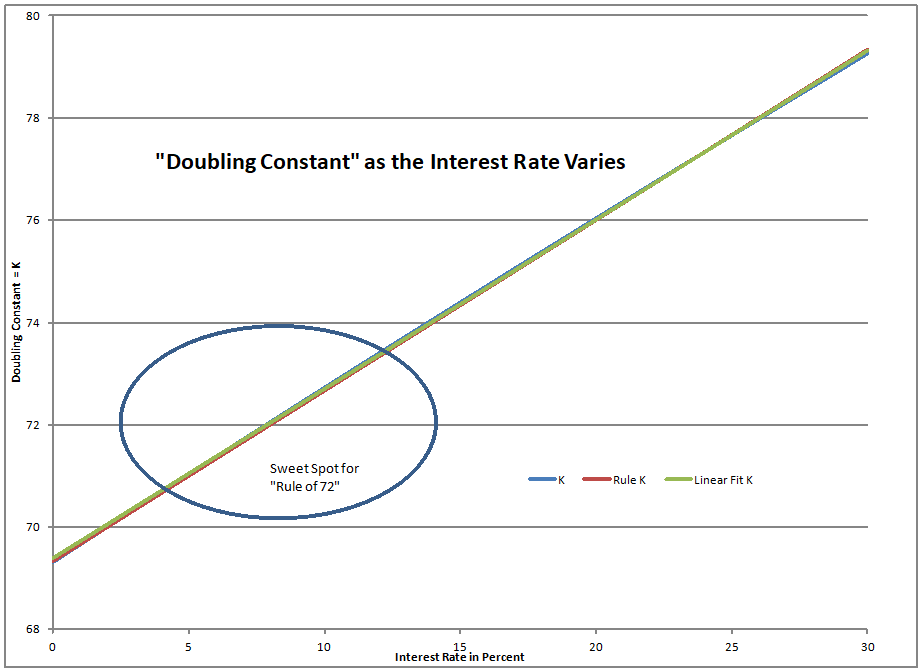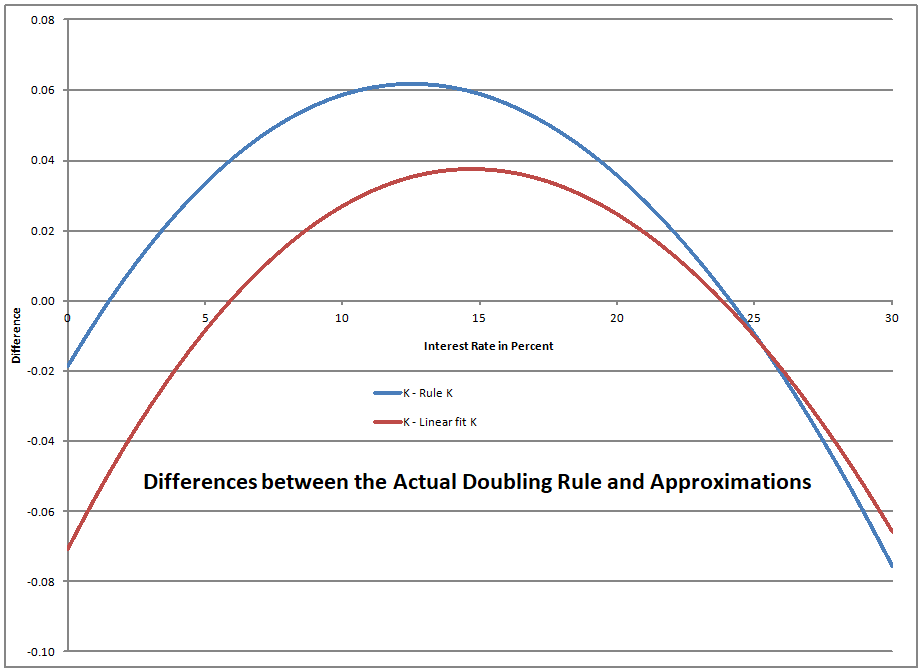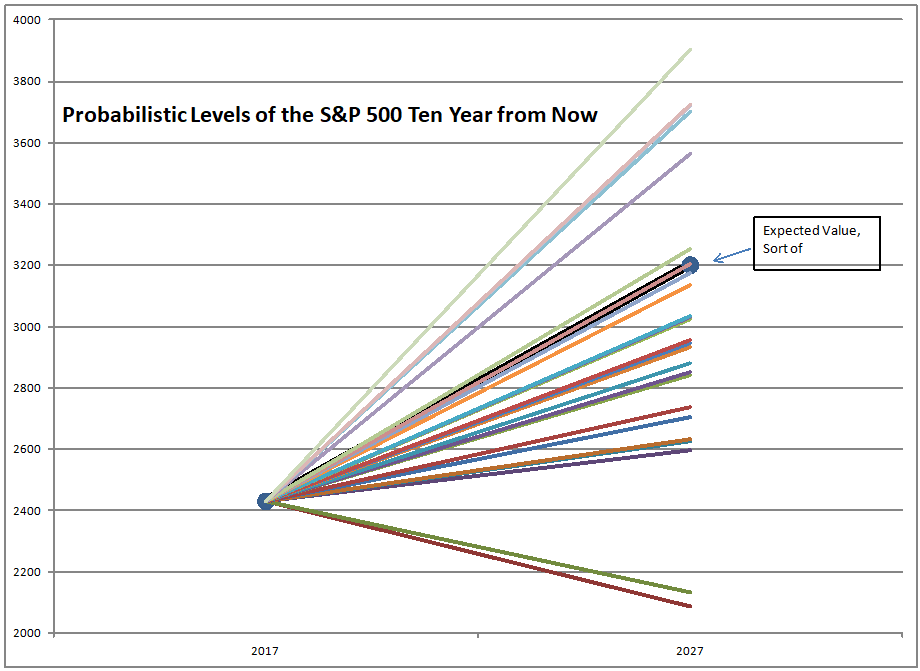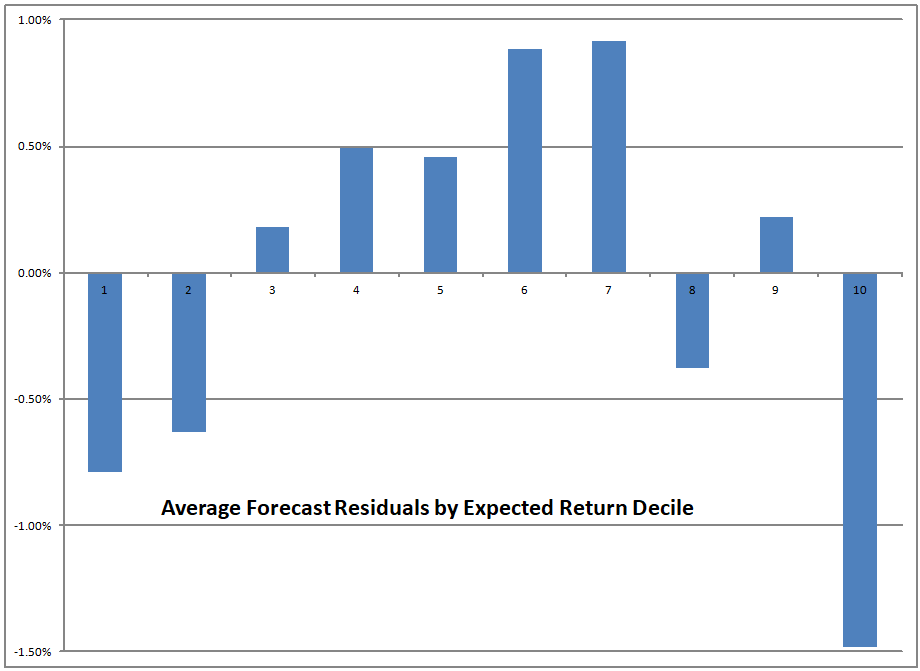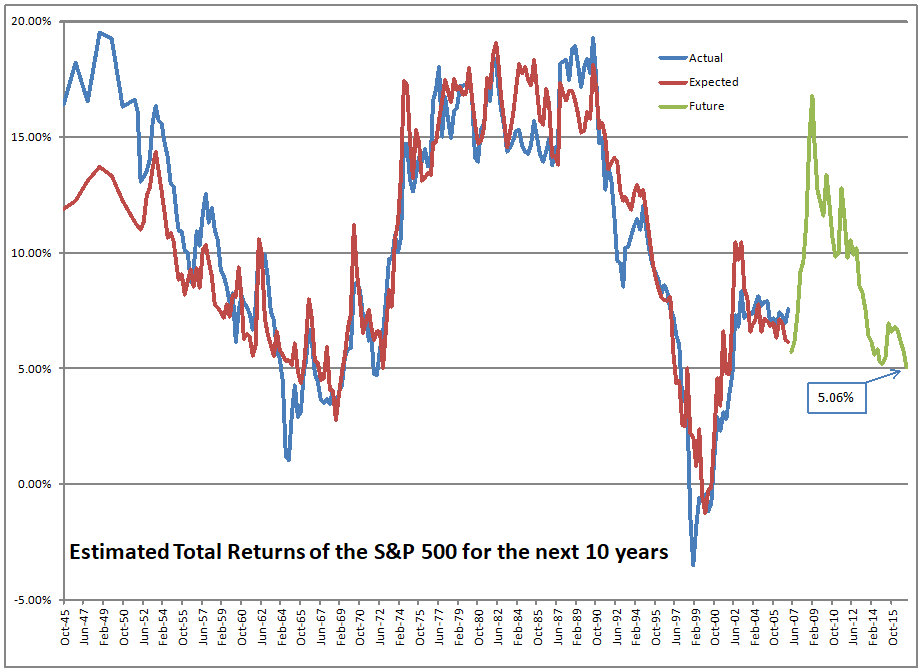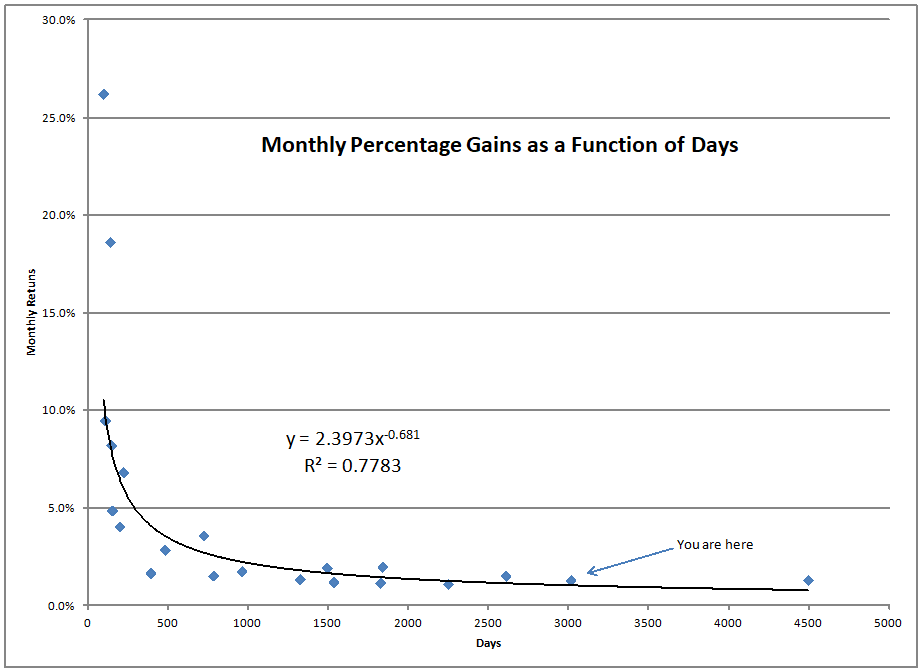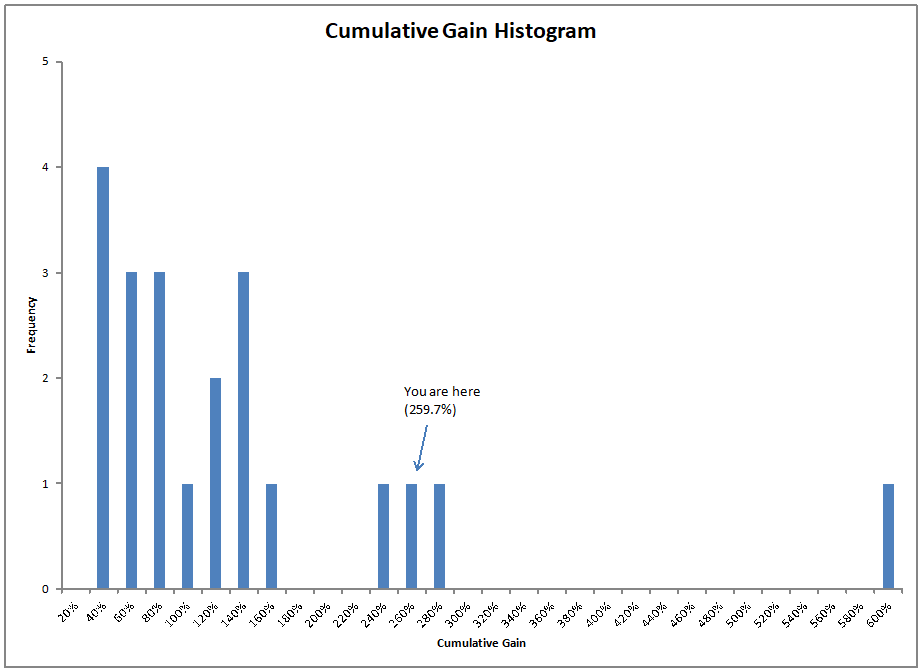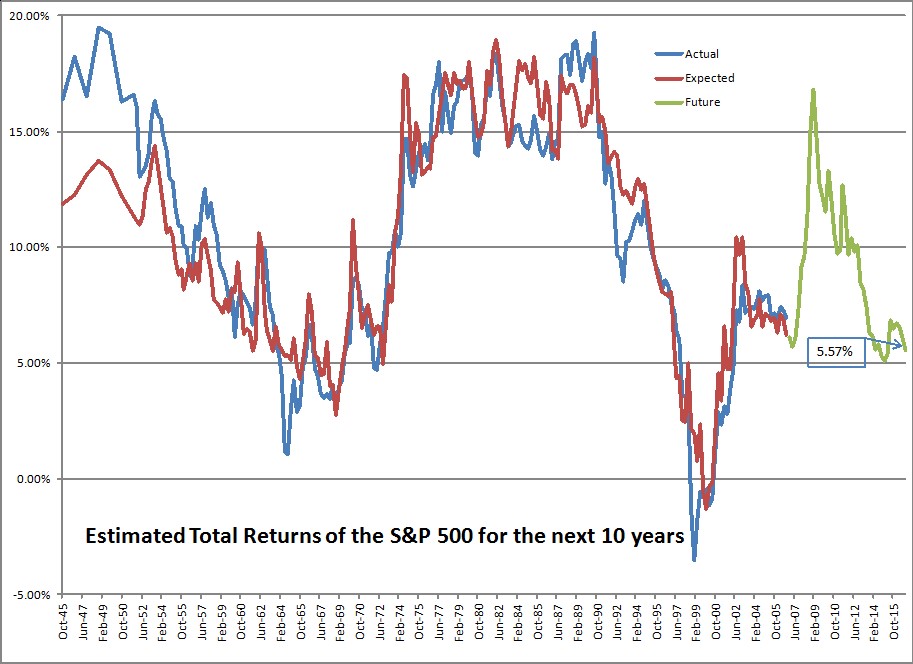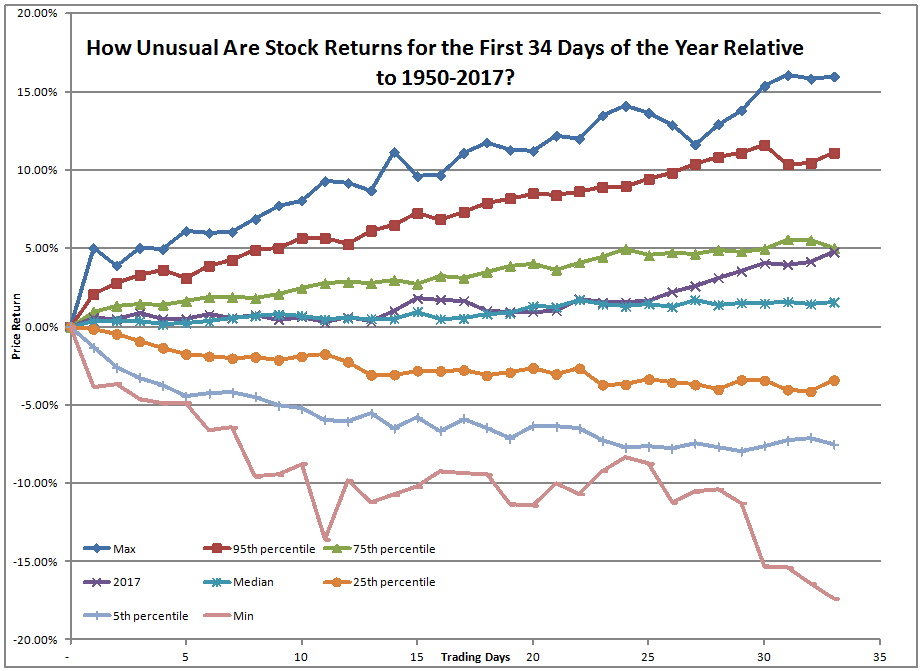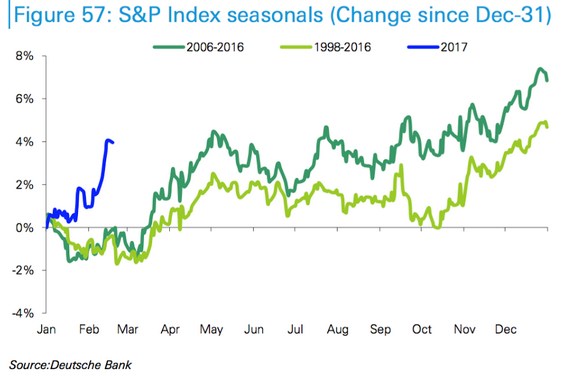Perceived Versus Real Risk Tolerance

=======
Investment entities, both people and institutions, often say one thing and mean another with respect to risk. ?They can keep a straight face with respect to minor market gyrations. ?But major market changes leading to the possible or actual questioning of whether they will have enough money to meet stated goals is what really matters to them.
There are six factors that go into any true risk analysis (I will handle them in order):
- Net Wealth Relative to Liabilities
- Time
- Liquidity
- Flexibility
- Investment-specific Factors
- Character of the Entity’s Decision-makers and their Incentives
Net Wealth Relative to Liabilities
The larger the surplus of assets over liabilities, the more relaxed and long-term focused an entity can be. ?For the individual, that attempts to measure the amount needed to meet future obligations where future investment earnings are calculated at a conservative level — my initial rule of thumb is no more than 1% above the 10-year Treasury yield.
That said, for entities with well defined liabilities, like a defined benefit pension plan, a bank, or an insurance company, using 1% above the yield curve should be a maximum for investment earnings, even for existing fixed income assets. ?Risk premiums will get taken into net wealth as they are earned. ?They should not be planned as if they are guaranteed to occur.
Time
The longer it is before payments need to be made, the more aggressive the investment posture can be. ?Now, that can swing two ways — with a larger surplus, or more time before payments need to be made, there is more freedom to tactically overweight or underweight?risky assets versus your normal investment posture.
That means that someone like Buffett is almost unconstrained, aside from paying off insurance claims and indebtedness. ?Not so for most investment entities, which often learn that their estimates of when they need the money are overestimates, and in a crisis, may need liquidity sooner than they ever thought.
Liquidity
High quality assets that can easily be turned into spendable cash helps make net wealth more secure. ?Unexpected cash outflows happen, and how do you meet those needs, particularly in a crisis? ?If you’ve got more than enough cash-like assets, the rest of the portfolio can be more aggressive. ?Remember, Buffett view cash as an option, because of what he can buy with it during a crisis. ?The question is whether the low returns from holding cash will get more than compensated for by capital gains and income on the rest of the portfolio across a full market cycle. ?Do the opportunistic purchases get made when the crisis comes? ?Do they pay off?
Also, if net new assets are coming in, aggressiveness can increase somewhat, but it matters whether the assets have promises attached to them, or are additional surplus. ?The former money must be invested coservatively, while surplus can be invested aggressively.
Flexibility
Some liabilities, or spending needs, can be deferred, at some level of cost or discomfort. ?As an example, if retirement assets are not sufficient, then maybe discretionary expenses can be reduced. ?Dreams often have to give way to reality.
Even in corporate situations, some payments can be stretched out with some increase in the cost of financing. ?One has to be careful here, because the time you are forced to conserve liquidity is often the same time that everyone else must do it as well, which means the cost of doing so could be high. ?That said, projects can be put on hold, realizing that growth will suffer; this can be a “choose your poison” type of situation, because it might cause the stock price to fall, with unpredictable second order effects.
Investment-specific Factors
Making good long term investments will enable a higher return over time, but concentration of ideas can in the short-run lead to underperformance. ?So long as you don’t need cash soon, or you have a large surplus of net assets, such a posture can be maintained over the long haul.
The same thing applies to the need for income from investments. ?investments can shoot less for income and more for capital gains if the need for spendable cash is low. ?Or, less liquid investments can be purchased if they offer a significant return for giving up the liquidity.
Character of the Entity’s Decision-makers and their Incentives
The last issue, which many take first, but I think is last, is how skilled the investors are in dealing with panic/greed situations. ?What is your subjective “risk tolerance?” ?The reason I put this last, is that if you have done your job right, and properly sized the first five factors above, there will be enough surplus and liquidity that does not easily run away in a crisis. ?When portfolios are constructed so that they are prepared for crises and manias, the subjective reactions are minimized because the call on cash during a crisis never gets great enough to force them to move.
A: “Are we adequate?”
B: “More than adequate. ?We might even be able to take advantage of the crisis…”
The only “trouble” comes when almost everyone is prepared. ?Then no significant crises come. ?That theoretical problem is very high quality, but I don’t think the nature of mankind ever changes that much.
Closing
Pay attention to the risk factors of investing relative to your spending needs (or, liabilities). ?Then you will be prepared for the inevitable storms that will come.




